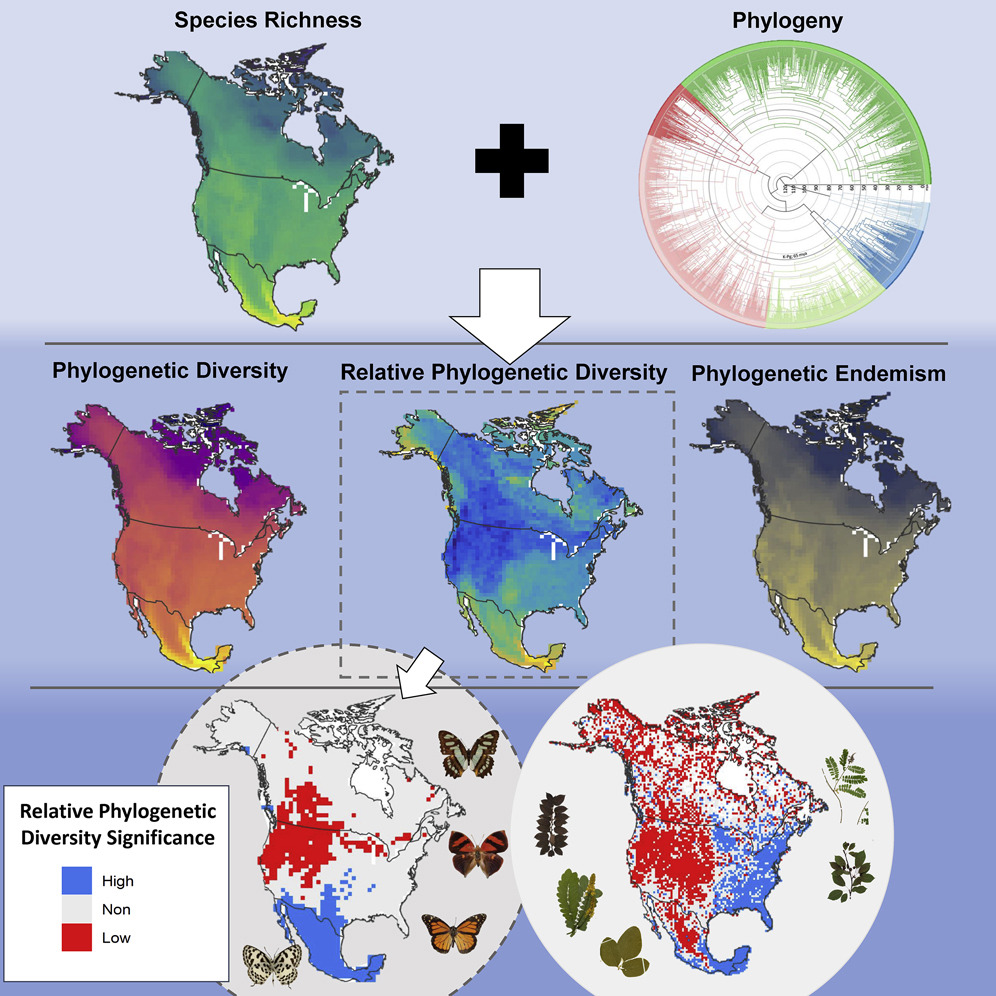EClinicalMedicine, Volume 34, April 2021
The Lancet Global Health, Volume 9, April 2021
The Lancet Digital Health, Volume 3, April 2021
The Lancet Digital Health, Volume 3, April 2021
Data-driven digital health technologies have the power to transform health care. If these tools could be sustainably delivered at scale, they might have the potential to provide everyone, everywhere, with equitable access to expert-level care, narrowing the global health and wellbeing gap. Conversely, it is highly possible that these transformative technologies could exacerbate existing health-care inequalities instead.
Journal of Thermal Biology, Volume 97, April 2021
Compared to other climate regions of the world, Mediterranean regions are likely to experience more severe effects of climate change as rainfall decreases and temperatures increase. Global climate change models predict a reduction in rainfall and rise in the temperature of rivers in South Africa's Cape Fold Ecoregion (CFE) – a Mediterranean region in the south-west corner of the country.
Current Developments in Nutrition, Volume 5, Issue 4, 2021, nzab012, ISSN 2475-2991
iScience, Volume 24, 23 April 2021
Redox Biology, Volume 40, April 2021


